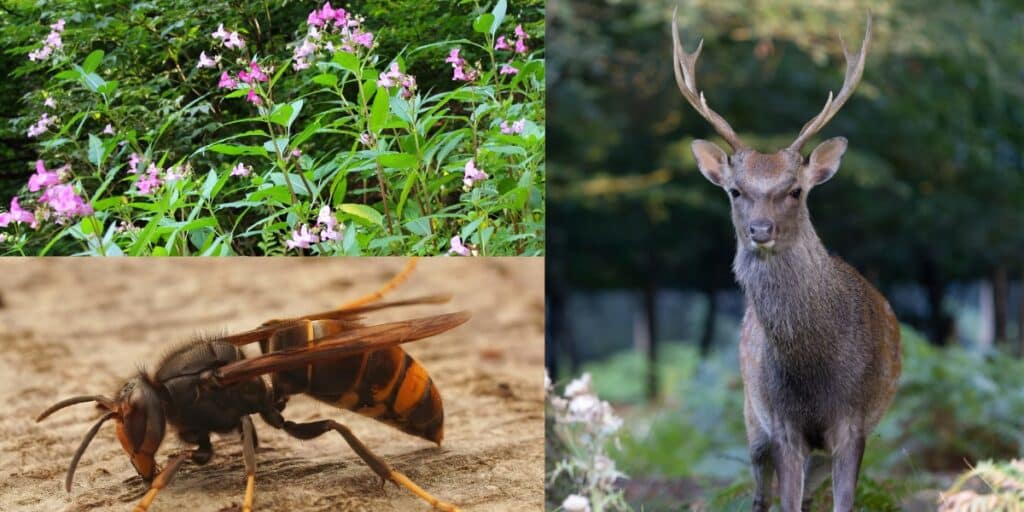
Quick guide on invasive species
Our guide on invasive species will help you check which are edible, non-edible and poisonous or dangerous. Flip the cards to learn more.
Get information on the legal shooting season for mammals and birds in the UK.
Apply for funding for your project or make a donation today
Comprehensive information and advice from our specialist firearms team.
Everything you need to know about shotgun, rifle and airgun ammunition.
Find our up-to-date information, advice and links to government resources.
Everything you need to know on firearms law and licensing.
All the latest news and advice on general licences and how they affect you.
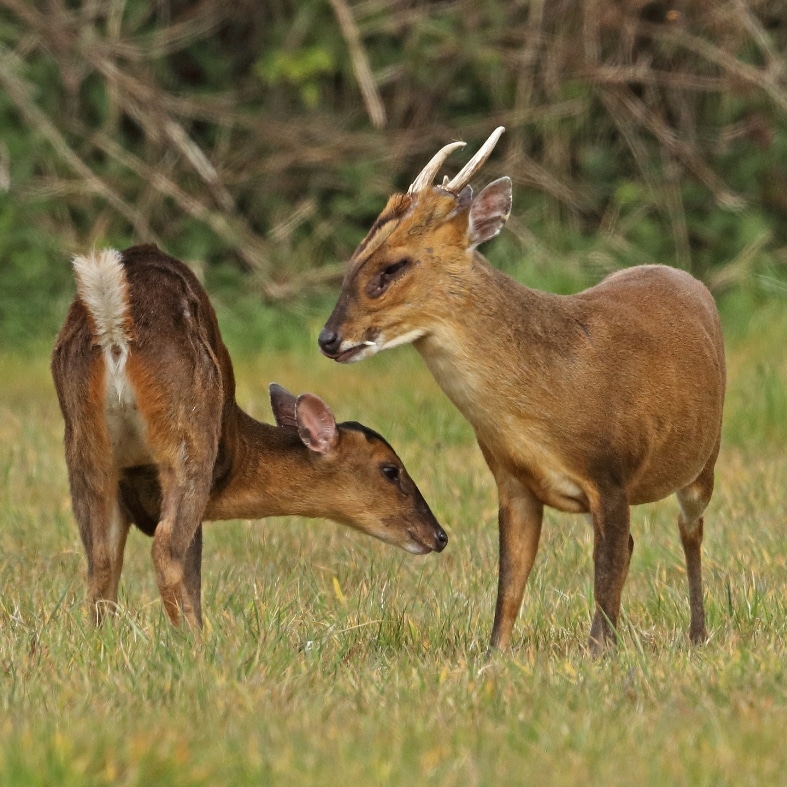

Invasive Non-native Species Week takes place from 12-18 May this year, and it’s all about raising awareness of the animal and plant species which don’t belong in the UK.
The number of non-native species residing on British shores exceeds 2,000. These invasive non-native species pose a significant threat to biodiversity and cost the economy billions of pounds every year, with many causing irreparable damage to UK ecosystems and native flora and fauna.
Once they ‘take root’ (excuse the pun) it is incredibly difficult to eradicate or even control them. Learning about why and how you can help in limiting the spread of invasive plants and animals is crucial in the battle to neutralise their impact.
Let’s look at the some of the UK’s most notorious non-native species and what you should do if you encounter them on your travels.
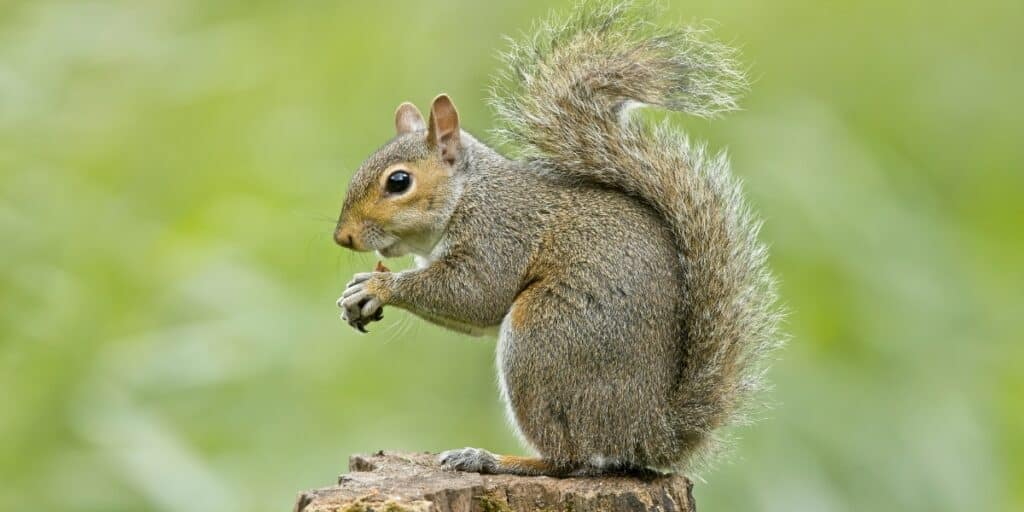
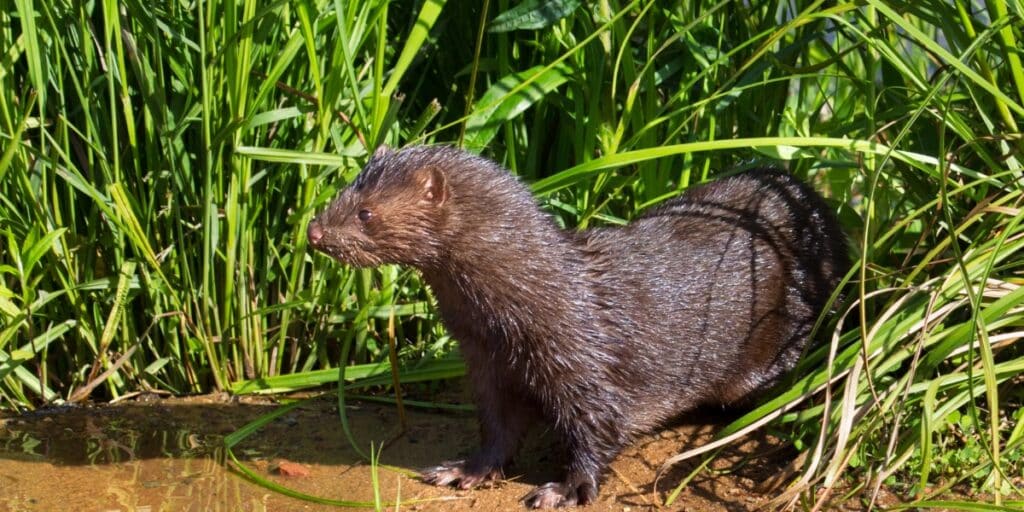
Top of the list for invasive mammalian species list are the grey squirrel, American mink, and sika and muntjac deer. These are the species that are most widespread and can cause significant damage if left unchecked. Let’s take a closer look…
Grey squirrels displace native red squirrels and are carriers of squirrel pox virus. While the virus doesn’t affect grey squirrels, squirrel pox is deadly for red squirrels and can quickly decimate whole populations. Grey squirrels also damage trees, which can have a huge impact on commercial forestry as well as the habitats they invade. A lesser known fact is that greys also predate on bird eggs and chicks.
BASC’s Natural Capital Report estimates that the current level of grey squirrel control delivered by the shooting sector saves around £32 million in carbon, enhancing the success of tree planting and natural regeneration. Shooting saves a further £1.4 million’s worth of timber and wood fuel by preventing bark stripping by grey squirrels.
Anyone who has ponds or rivers running through their shoot or property has most likely dealt with American mink and knows exactly how much damage these mustelids can cause. They prey on everything and anything from domestic poultry, gamebirds and fish to small mammals. American mink have been directly linked to the drop in water vole population, driving the latter to near extinction in the UK.
While Sika and muntjac deer make for some great eating, they also do quite a lot of damage. Muntjac are prolific breeders, which helps them spread fast. They are also highly adept at consuming ground flora and young trees to clear all but the bare ground behind.
Apart from causing serious damage to woodlands and ground flora, Sika are a danger for our native red deer as the two can hybridise. It is thought that only a handful of red deer populations across the UK remain pure.
Deer as a whole do substantial damage to woodland, and deer management in the UK is estimated to save more than £171 million in carbon by allowing young trees to grow. A further £11 million in timber and wood fuel is saved by the current level of deer culling. You can find more statistics on the benefits of shooting in our Natural Capital Report.
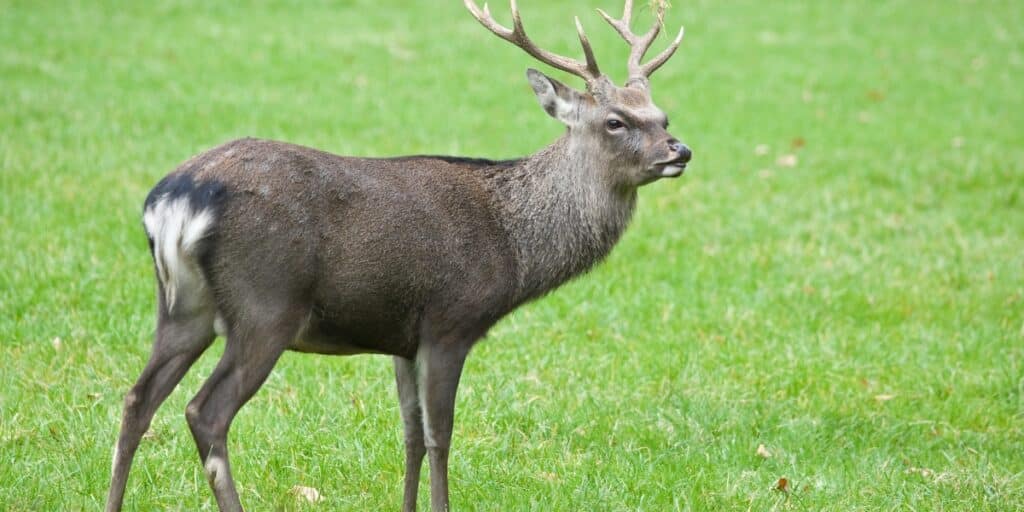
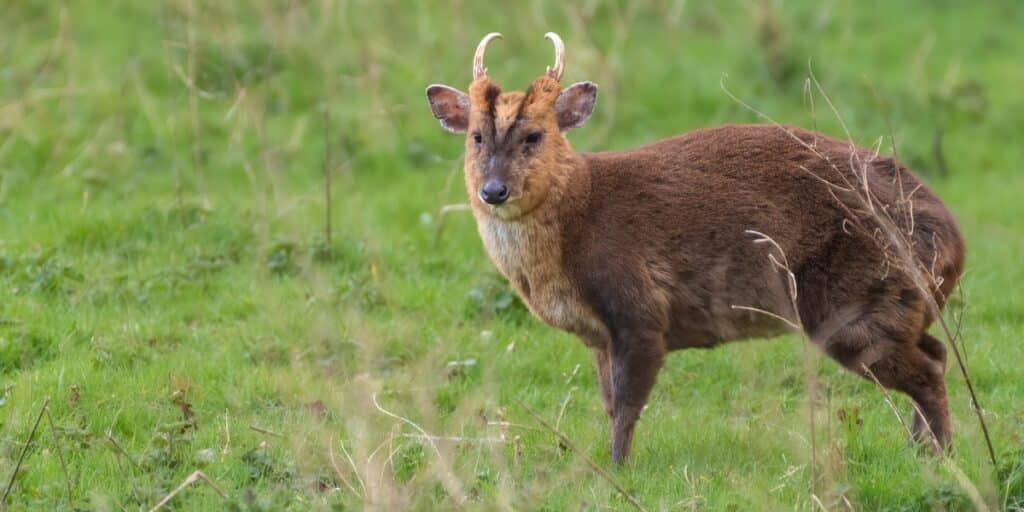
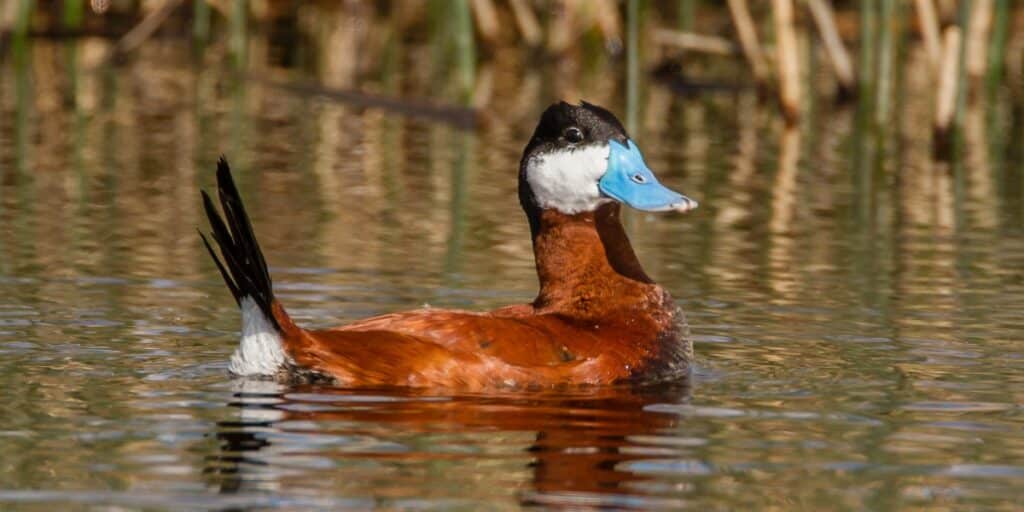
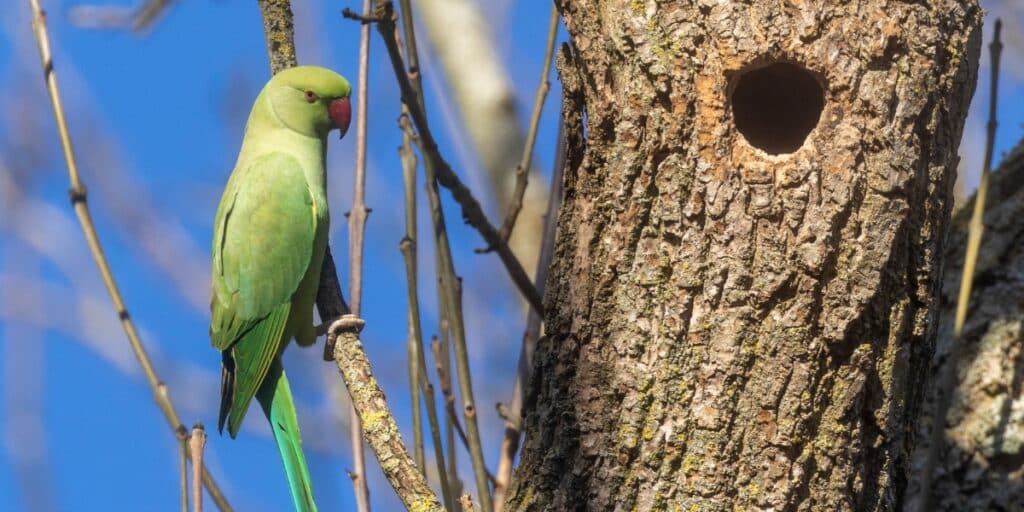
While the damage birds cause is possibly less obvious than that of mammals, invasive non-native birds are not to be disregarded. We’ve chosen the most eye-catching birds to highlight here; rose-ringed parakeet, ruddy duck and Canada and Egyptian geese.
Rose-ringed parakeets are bright green and rather loud invaders, so they’re not easy to miss. While it may seem like a colourful addition to British wildlife, having these exotic parrots around comes at a price. They outcompete native hole-nesting birds and can be a serious agricultural pest. Parakeets can also be aggressive, easily pushing our native garden birds away from feeders in winter.
Ruddy ducks are rather strange-looking with their blue bills, stiff tails and short wings. Although they may appear clumsy and harmless, they’re in fact a serious threat to white-headed duck due to hybridisation. The latter’s survival depends wholly on the success of ruddy duck eradication in the UK. For information on shooting ruddy duck legally, check general licence information relevant to your home country.
Canada geese are so widespread that we all know what they look like, and you might be tempted to think that they belong here. In reality, they do enormous damage to grasslands, pastures and crops. They can also have a negative impact on other wildlife as they are known to trample nests and damage waterside habitats.
Egyptian geese are also known pests in their native habitat. Thankfully their numbers in the UK are still low – but it is up to us all to keep it this way. These geese are highly aggressive and are known to kill chicks of other waterbirds, especially waders. There is also a worry that this species could potentially hybridise with our native geese.
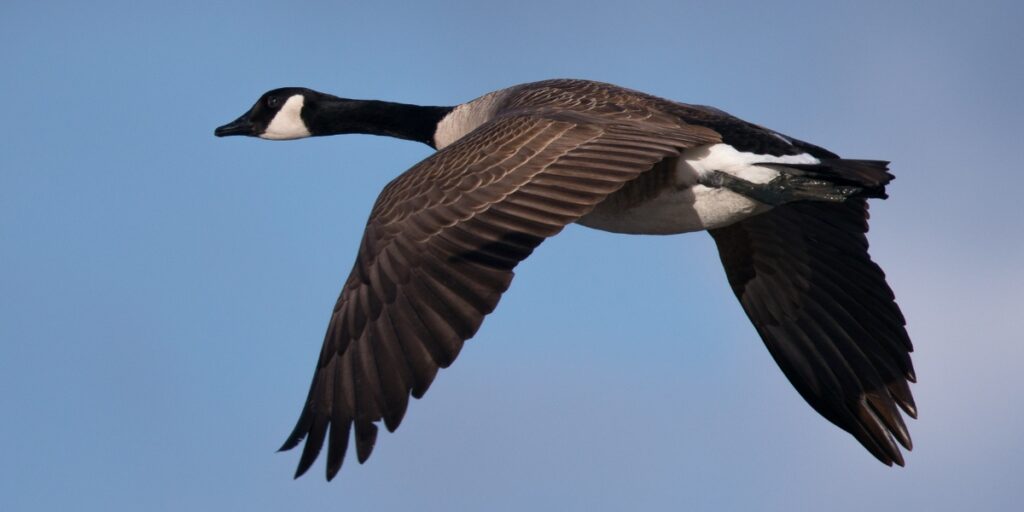
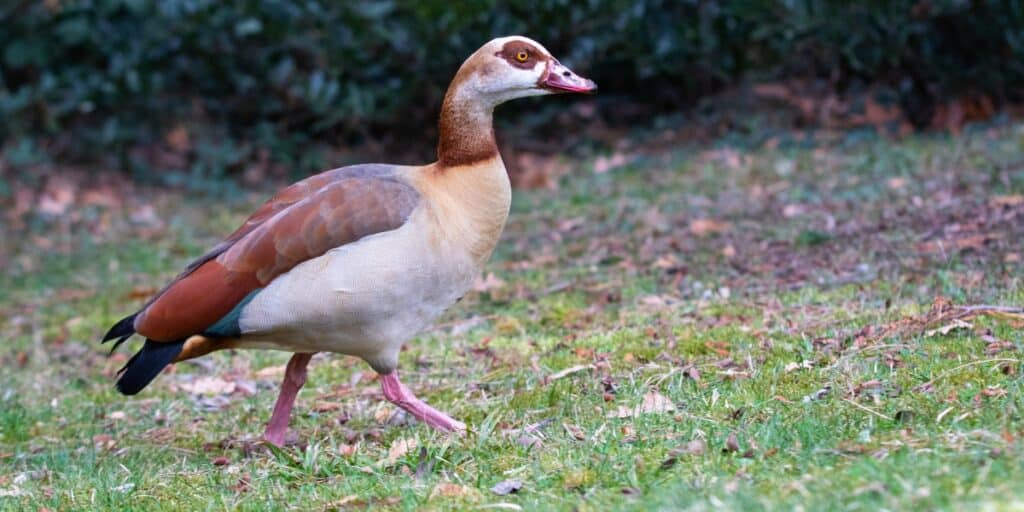
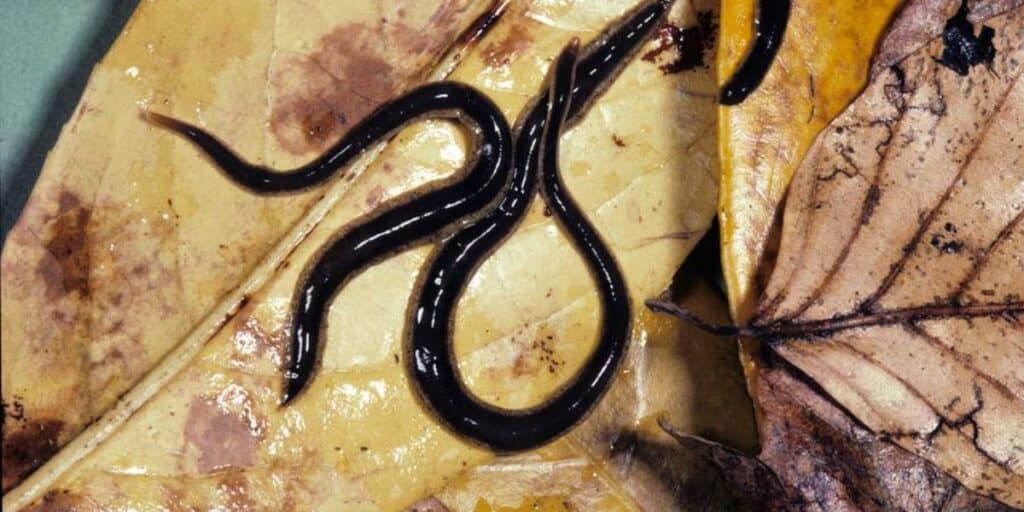
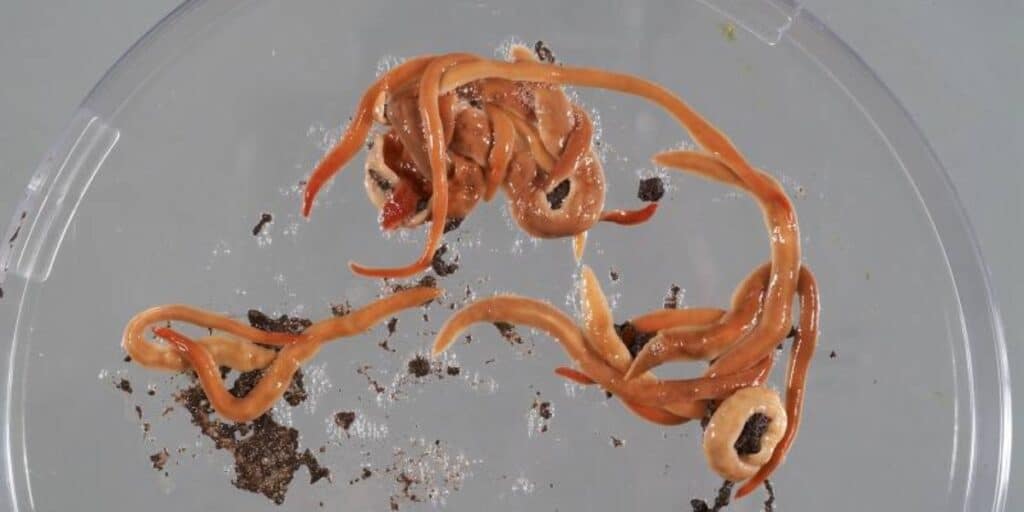
Let’s move on to the least obvious non-native invaders. While the likes of flatworms native to New Zealand and Australia, North American bullfrogs, quagga mussels and Asian hornets may seem too small to cause much trouble, they are in fact very dangerous.
New Zealand and Australian flatworms can now be found throughout the UK and prey on our native earthworms. Earthworms are crucial for the overall health of our soils, as well as all the species who depend on them as a food source.
North American bullfrogs are big predators which threaten several smaller native amphibians, fish, small mammals and even birds. Meanwhile, quagga mussels pose a threat to native biodiversity, with the ability to alter whole freshwater ecosystems. They can also grow in pipes and on ships, making them quite the nuisance.
Some of our most recent invaders are Asian hornets, which specialist in hunting pollinators, especially honeybees and bumblebees. They pose a significant threat to our native bees, who have no defence mechanisms against this aggressive, predatory insect. Asian hornets should be reported immediately here when spotted, and you shouldn’t attempt to destroy them or their nests by yourself.
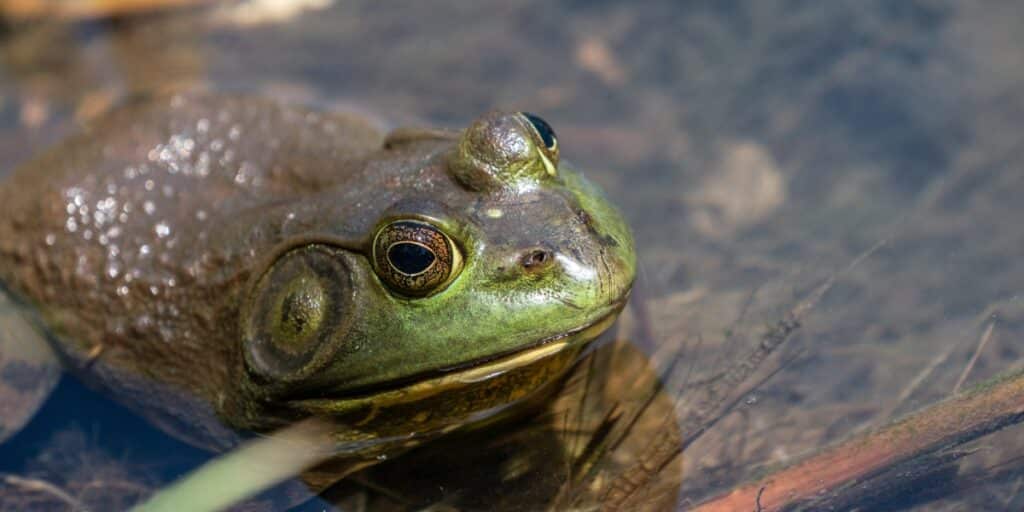

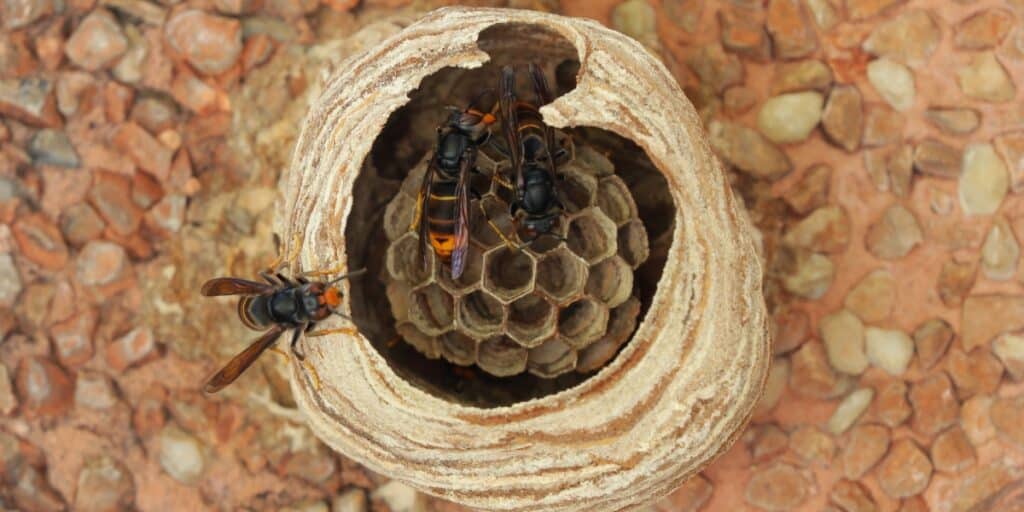
It’s not just non-native animals which can pose a danger to our ecosystems and wildlife; plants can be just as dangerous. Below are a select few you need to know about from what is an extensive list.
Himalayan balsam provides ample nectar for our pollinators but, as it likes to grow along rivers, can impact water flow and expose the banks to erosion in winter. It also grows very quickly, spreading by shooting out seeds from pods when disturbed.
Japanese knotweed* is another plant which can cause a lot of damage and spreads rapidly through rhizome fragments or stem. This plant is very difficult to remove once established and can cause serious damage to riverbanks and buildings/other man-made structures, as well as outcompeting native flora.
Now, we’ve saved the giant hogweed* for last for a reason. First introduced as an ornamental plant, giant hogweed’s sap causes painful blisters and photosensitivity which can last for many years. Indeed, if sap comes into contact with the eyes, it can cause temporary blindness. As such, if you do come across it, do not be tempted to touch it or destroy it without wearing protective clothing, a mask and goggles.
There are many more non-native invasive species in the UK which need to be controlled or eradicated before they spread uncontrollably.
If you would like to help, you can learn more about non-native invasive species on the GB Non-native Species Secretariat website.
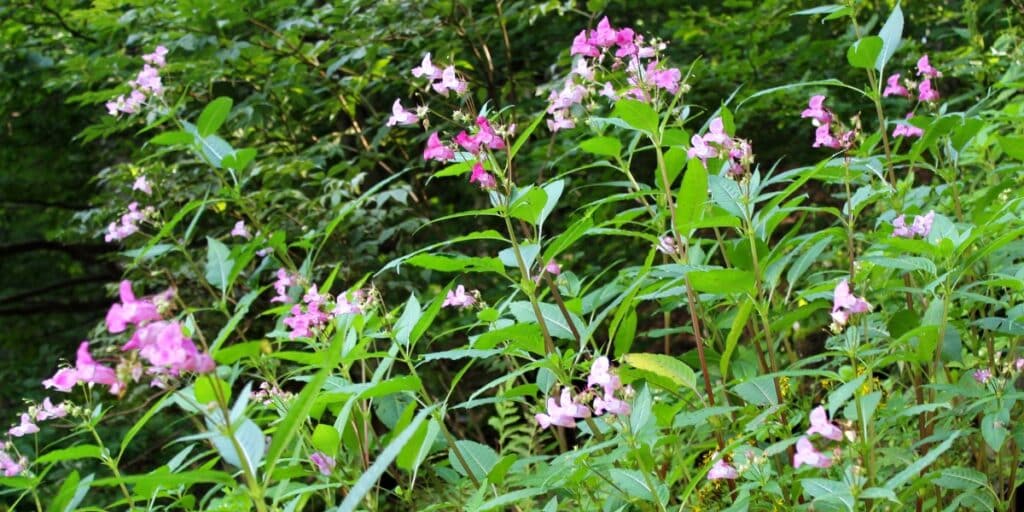
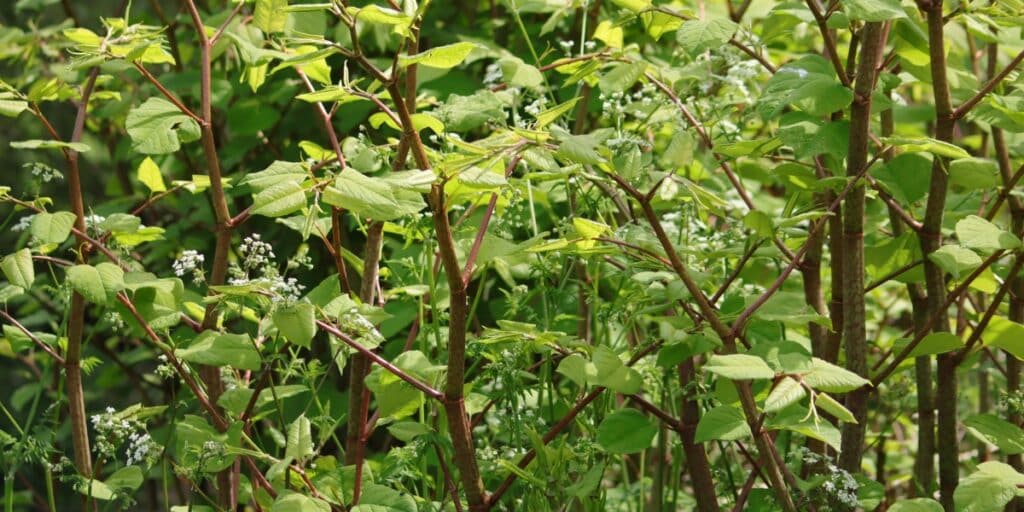

Please ensure you comply with local rules and regulations surrounding disposal of invasive, non-native species before taking any action.
*Japanese knotweed must be removed as controlled waste due to its rapid spreading. Giant hogweed must be removed as controlled waste due to its toxic sap.


Our guide on invasive species will help you check which are edible, non-edible and poisonous or dangerous. Flip the cards to learn more.

Dr Cat McNicol challenges perceptions of the Birds of Conservation Concern list and explains why interpreting it in isolation has negative implications for shooting.

BASC Northern Ireland team held a Young Shots activity day at Carnview Farms Clay Target Complex.